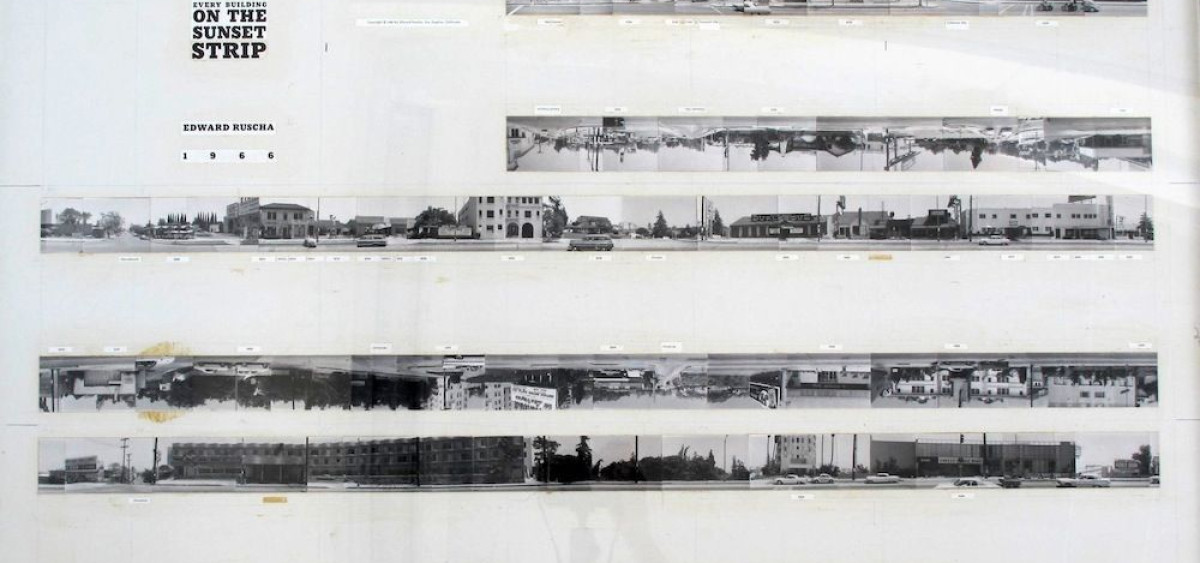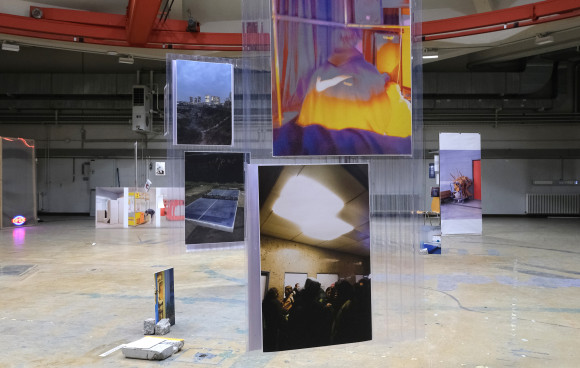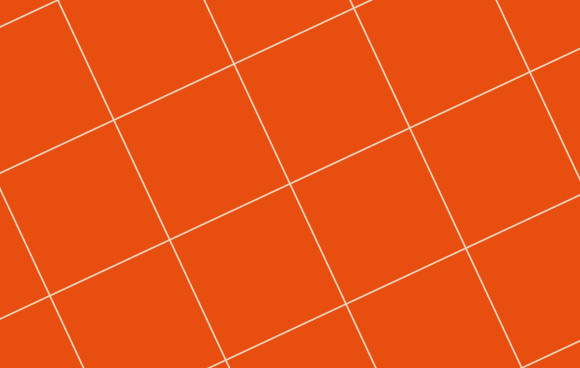Vorlesung
Formen des Wohnens
FORMS OF LIVING - FIGURES OF THOUGHT
the intrinsic kinship that bounds architectonic types and ways of living
"Dwelling presupposes a defined horizon: one does not inhabit the á-peiron. But the limits of dwelling are not rigid boundaries. They are the boundary that necessarily looks beyond itself at the very moment it is marked. Its very design makes a sign to 'what' that exceeds its content. The place of the home is also 'what' transgresses its boundary. The place of the house is also always about the Un-heim; the house looks ‘outside’."
Massimo Cacciari, Labirinto Filosofico
"There are four ways to write a book. S/he who writes other people's things without adding anything, is a scribe (scriptor). S/he who writes other people's things by adding things not his own, is a compiler (compilator). S/he who writes other people's things as the main thing and adds his own things for clarification, is called a commentator (commentator). One who writes others' and his own things, but his own as main and adds others' things for confirmation, is an author (auctor)."
Bonaventura Commentaria in Quatuor Libros Sententiarum
It seems that the firsts sedentary forms of life appeared in the Upper Palaeolithic around 15,000 BC, long before the discovery of agriculture: a long time since the majority of humanity decided to 'settle down' rather than living in the open countryside. From an architectural point of view, what has been there since then and what has not varied according to needs, fashions, styles or ideologies? What has survived epochs, beliefs, continents and climatic changes? What is it that has evolved in circles rather than in lines? Can we name those architectural invariants that inform architecture anyway, anywhere, anytime? Perhaps such invariants are what we call 'types'. If so, architecture - any architecture - can be seen as an ekphrastic poem that articulates forms of living as vivid dispositions of harlequinesque scenes (of life). Architecture thus fabricates habitats and suggests habits for people to inhabit the planet. In this way, types are first and foremost figures of thought through which architects participate - impersonally - in a ‘talk’ on architecture that has no owner but many authors. By articulating and drawing on types that are 'anyone's own', architecture - at all times - reinvents forms of living that are, by their very nature, always already contemporary. And yet, when we think of courtyards, platforms, roofs, corridors, niches, ... we face a certain dilemma: from the words we use to describe what constitutes a particular building type, to the formal qualities that seem to capture its main manifestations, to the spatial experience that each type offers in a different way, the nature of types tends to remain mysteriously elusive and fantastically abstract: indexical and open-ended. However, if it is a fact that, over certain historical cycles, bonds are woven between certain types and functions/programmes, so that for a certain period of time some types are persistently assigned to certain activities, we should not forget that these bonds are mostly temporary. Functions change and disappear, while types remain and continue to offer themselves and their intrinsic spatiality. The relationship between types and uses is not fixed, but changes according to convergent or divergent processes. Types and functions are thus two clearly distinct categories that may sometimes, and for a limited period of time, coincide. In this way of thinking, types are what perpetuate the canon of an objective way of inhabiting the planet, which, instead of flirting with fashionable individualist derivations of some of its interpreters, continues to tacitly invite architects to work copiously within a common reservoir of (life) styles and spatial experiences. Yet types also evolve, transform, and are even invented over time, and still there is something invariant about them and the way buildings articulate typicality without consuming it. Types seem to be that invariant 'something' that can only be 'named', but never properly spoken, and yet is capable of accommodating a multitude of exemplars.
Starting from contemporary issues and incandescent questions of design, the course will be a synchronic inquiry on type and life styles and not an historical diachronic progression of phenomena.
WHAT IS IT ABOUT A HOUSE THAT CONSTITUTES AND EMBODIES ITS HOUSENESS?
4.0h, 4 ECTS
30.10.2023: Genesis a’ rebour (Lorenzo Vicari, TU Wien)
06.11.2023: Stacking of Living (Lorenzo De Chiffre, TU Wien)
13.11.2023: Void as a Type (Simone Capra, Iowa State University)
20.11.2023: Seeing is Forgetting the Name of the Things One Sees (Fabrizio Ballabio, Accademia di Architecture di Mendrisio)
04.12.2023: Legislation and Economics: Inflecting Types (Kornel Lewicki, UniNa Federico II, ETH Zürich)
11.12.2023: Architectonics of Living (Riccardo M. Villa, TU Wien, ETH Zürich)
18.12.2023: Stories of houses or Houses as stories? (Costanza Zeni, TU Wien)
08.01.2023: Cornucopias of Living (Giovanni Piovene + Ambra Fabi, EPF Lausanne)
15.01.2023: Conclusion: Forms of Living/Figures of Thought (Lorenzo Vicari, Costanza Zeni)



